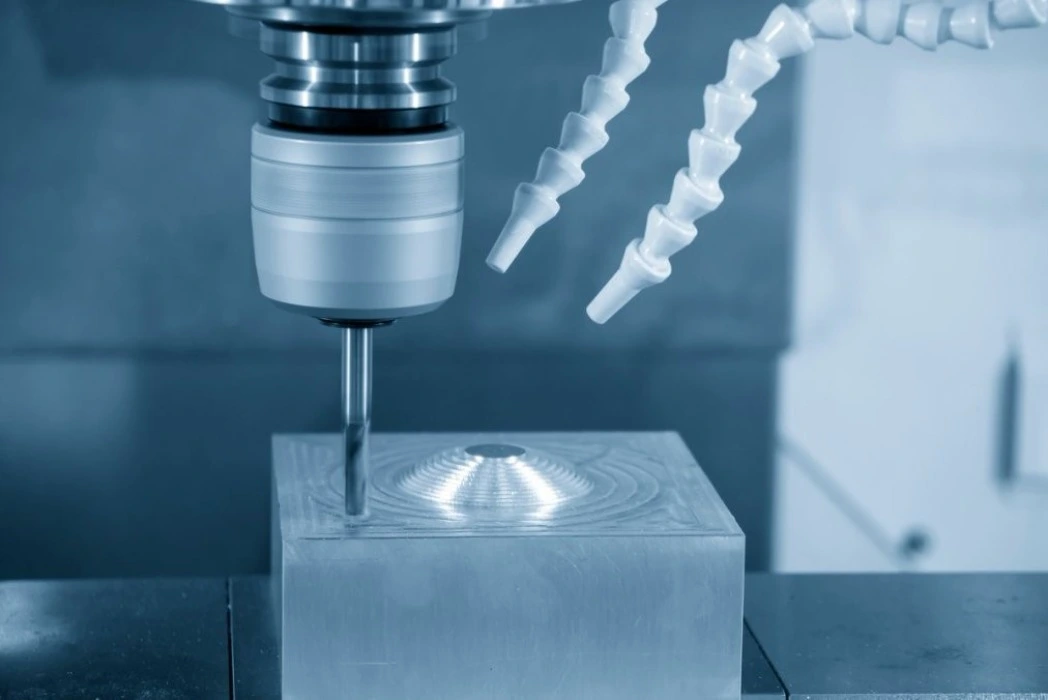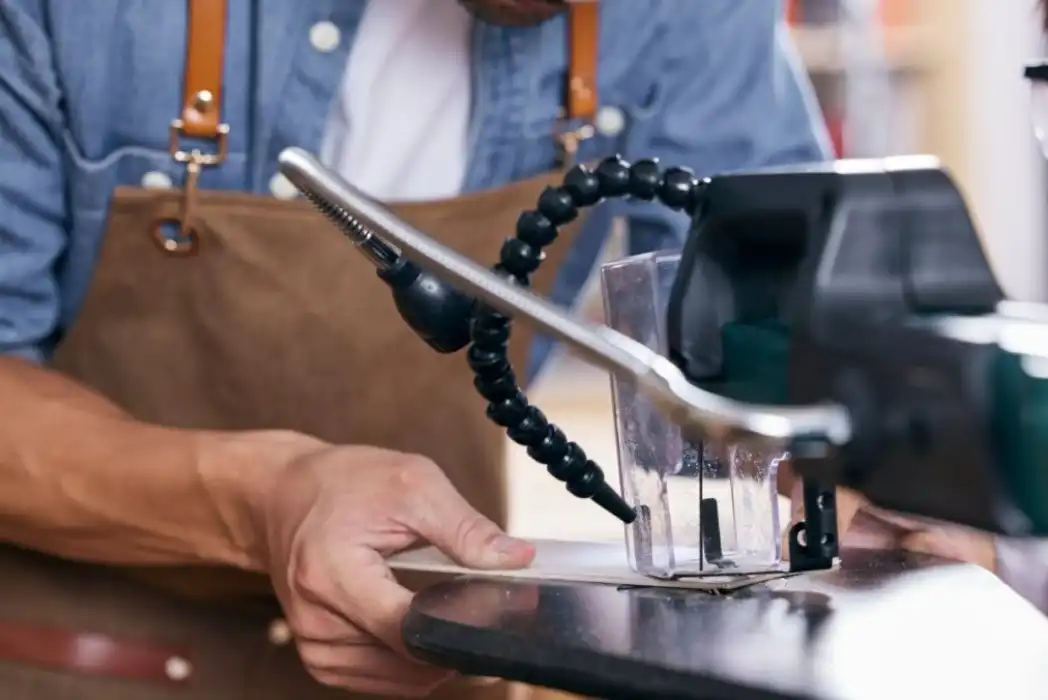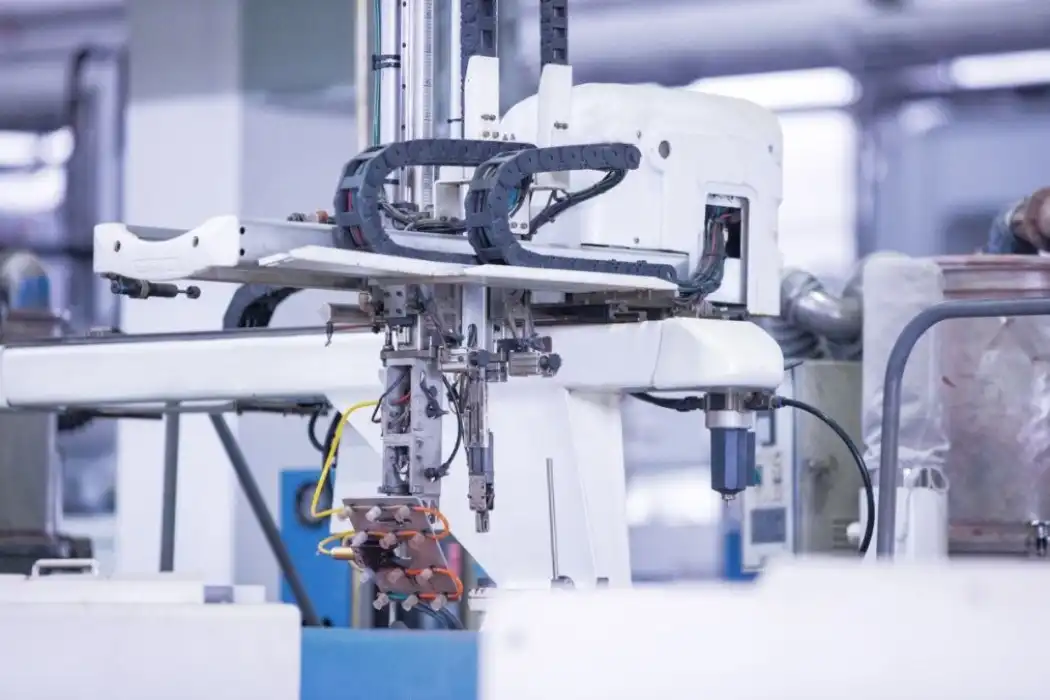Choosing the Right Plastic Injection Molding Materials for Your Needs
Selecting the ideal plastic injection molding materials is crucial for ensuring product quality, performance, and cost-effectiveness. With a wide array of options available, each offering unique properties and benefits, it's essential to understand the characteristics of different materials and how they align with your specific requirements. This comprehensive guide will explore various plastic injection molding materials, their properties, and applications, helping you make informed decisions for your manufacturing projects. By considering factors such as strength, flexibility, temperature resistance, and cost, you can optimize your production process and create high-quality parts that meet or exceed your expectations.
Understanding Plastic Injection Molding Materials
Thermoplastics vs. Thermosets
Plastic injection molding materials fall into two main categories: thermoplastics and thermosets. Thermoplastics can be melted and reshaped multiple times, offering greater flexibility and recyclability. Examples include ABS, polypropylene, and nylon. Thermosets, on the other hand, undergo a chemical change during the molding process and cannot be remelted. While less common in injection molding, thermosets like polyurethane and epoxy resins offer excellent heat resistance and dimensional stability.
Common Plastic Injection Molding Materials
Several materials are widely used in plastic injection molding due to their versatility and desirable properties. ABS (Acrylonitrile Butadiene Styrene) is known for its high hardness, low cost, and general flexibility. Polyethylene (PE) offers low weight and good impact resistance, while polypropylene (PP) provides excellent flexibility and high strength. Other popular options include POM (polyoxymethylene), PU (polyurethane), PA (polyamide or nylon), PC (polycarbonate), and PEEK (polyether ether ketone).

Material Selection Factors
When choosing plastic injection molding materials, consider factors such as mechanical properties, chemical resistance, thermal characteristics, and cost. Evaluate the specific requirements of your application, including strength, flexibility, impact resistance, and temperature tolerance. Additionally, consider environmental factors, regulatory compliance, and any special surface finishing needs. By carefully weighing these factors, you can select the most suitable material for your injection molding project.
Optimizing Material Properties for Specific Applications
Enhancing Performance through Material Blends
In some cases, combining different materials can yield enhanced properties that surpass those of individual plastics. For example, mixing ABS with polycarbonate can result in a material with improved impact resistance and heat tolerance. Similarly, adding glass fibers to polymers like nylon or polypropylene can significantly increase strength and stiffness. These custom blends allow manufacturers to tailor material properties to specific application requirements, optimizing performance and cost-effectiveness.
Addressing Unique Industry Challenges
Different industries have distinct requirements for plastic injection molding parts. In the automotive sector, materials must withstand high temperatures, vibrations, and exposure to chemicals. Medical device manufacturers need biocompatible materials that can be sterilized without degradation. Consumer electronics often require materials with excellent aesthetics and durability. By understanding these industry-specific challenges, you can select materials that meet regulatory standards and perform optimally in their intended environments.
Balancing Cost and Performance
While high-performance materials like PEEK offer exceptional strength and temperature resistance, they come at a premium cost. In many cases, it's possible to achieve satisfactory results with more affordable materials or by using strategic design techniques. For instance, incorporating ribs or gussets into a part design can increase strength without requiring a more expensive material. Carefully evaluating the trade-offs between material properties and cost can help optimize your injection molding project's overall value.

Leveraging Advanced Technologies in Material Selection
Computer-Aided Material Selection Tools
Advanced software tools can streamline the material selection process by analyzing part designs and performance requirements. These programs can quickly compare multiple materials, simulating their behavior under various conditions. By leveraging these technologies, manufacturers can identify optimal materials more efficiently, reducing development time and costs. Additionally, these tools can help predict potential issues related to material choice, allowing for proactive design adjustments.
Emerging Materials and Innovations
The field of plastic injection molding is constantly evolving, with new materials and additives being developed to meet emerging needs. Biodegradable plastics, for instance, are gaining traction as environmental concerns grow. High-performance polymers with enhanced thermal and chemical resistance continue to expand the possibilities for injection-molded parts in demanding applications. Staying informed about these innovations can provide a competitive edge and open up new opportunities for product development.
Sustainability Considerations in Material Choice
As sustainability becomes increasingly important, material selection must also consider environmental impact. This includes evaluating the recyclability of materials, their carbon footprint, and potential for using recycled content. Some manufacturers are exploring bio-based plastics derived from renewable resources as alternatives to traditional petroleum-based polymers. By incorporating sustainability factors into the material selection process, companies can align their production with environmental goals and meet growing consumer demand for eco-friendly products.
Conclusion
Choosing the right plastic injection molding materials is a critical decision that impacts product quality, performance, and cost-effectiveness. By understanding the properties of various materials, considering application-specific requirements, and leveraging advanced technologies, manufacturers can optimize their material selection process. Remember to balance factors such as strength, flexibility, temperature resistance, and cost while also considering industry regulations and sustainability goals. With careful consideration and expert guidance, you can select materials that meet your specific needs and contribute to successful injection molding projects.

FAQs
What are the most common materials used in plastic injection molding?
The most common materials include ABS, PE, PP, POM, PU, PA, PC, and PEEK.
How do I choose between thermoplastics and thermosets?
Consider factors like required heat resistance, recyclability, and reshaping needs. Thermoplastics are more versatile and recyclable, while thermosets offer better heat resistance.
Can I mix different materials for improved properties?
Yes, custom blends can enhance specific properties. For example, mixing ABS with polycarbonate can improve impact resistance and heat tolerance.
How important is sustainability in material selection?
Sustainability is increasingly important. Consider recyclability, carbon footprint, and the potential use of bio-based or recycled materials to meet environmental goals.
Expert Plastic Injection Molding Solutions | BOEN
At BOEN, we specialize in delivering high-quality plastic injection molding solutions for a wide range of industries. Our expert team combines extensive material knowledge with cutting-edge manufacturing processes to create precision parts that meet your exact specifications. From prototyping to low-volume production, we offer comprehensive support throughout your product development journey. Experience the BOEN difference in plastic injection molding. Contact us at contact@boenrapid.com to discuss your project needs and discover how we can bring your ideas to life.
References
Johnson, M. (2022). Advanced Plastic Injection Molding Techniques. Polymer Processing Journal, 45(3), 112-128.
Smith, A. & Brown, B. (2021). Material Selection Guide for Injection Molded Parts. Manufacturing Technology Today, 18(2), 75-89.
Lee, K. et al. (2023). Sustainable Practices in Plastic Injection Molding. Green Manufacturing Quarterly, 7(1), 22-36.
Thompson, R. (2022). Innovations in High-Performance Polymers for Injection Molding. Advanced Materials Review, 33(4), 201-215.
Garcia, L. & Wang, Y. (2021). Computer-Aided Material Selection for Optimized Injection Molding. Digital Manufacturing Journal, 9(3), 142-156.
Anderson, P. (2023). Industry-Specific Challenges in Plastic Injection Molding: A Comprehensive Review. Industrial Engineering and Materials Science, 28(2), 95-110.

How Can We Help?

Your Trusted Partner in Rapid Manufacturing.



